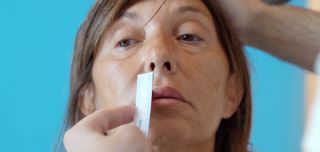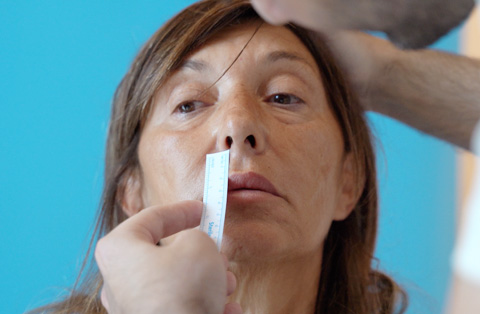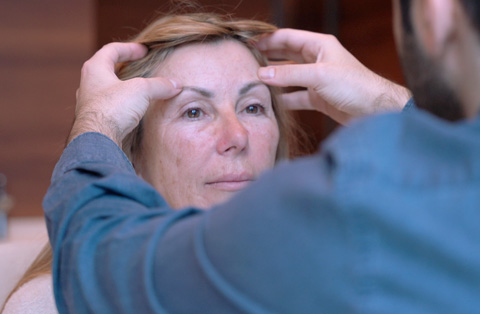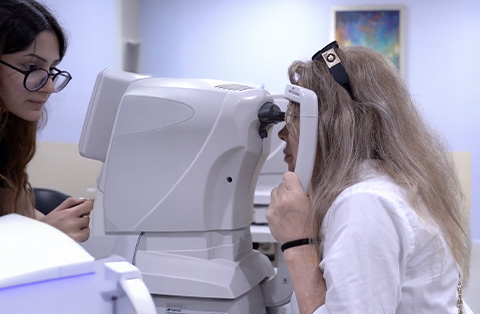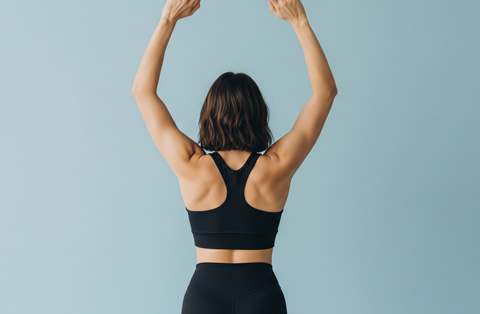Lip fillers are cosmetic injections that enhance the shape and volume of the lips using substances like hyaluronic acid. While the procedure is quick and widely performed, swelling is a nearly universal side effect.
Knowing what to expect after treatment can help ease concern. Most patients experience noticeable swelling within the first 48 hours, but the timeline and intensity can vary.
This article explains the normal swelling stages after dermal fillers, what causes them, and how to reduce discomfort. You’ll also learn when to expect final results, how to recognize unusual swelling, and tips for a smoother recovery.
What Causes Swelling After Lip Fillers?
Swelling is a natural response to the lip augmentation. It occurs as part of the body’s inflammatory reaction and typically starts within a few hours after treatment.
Several factors contribute to swelling:
Injection trauma: The needle or cannula used during the procedure causes minor injury to the lip tissue, triggering inflammation.
Hyaluronic acid: Most lip fillers contain hyaluronic acid, a substance that attracts water. This hydrophilic property can temporarily increase lip volume and contribute to swelling.
Immune response: The body may react to the filler material, even though it is biocompatible. This response is usually mild and resolves on its own.
Injection technique: The amount of filler used, the depth of injection, and the skill of the practitioner can all influence how much swelling occurs.
Swelling is most noticeable within the first 24 to 48 hours. It usually peaks around day two before gradually improving.
Is Swelling Normal After Lip Fillers?
Yes, swelling is a normal and expected part of the healing process after lip filler injections. It is the body’s natural response to the tiny injuries caused by the needle and the introduction of filler material into the tissue.
Most patients experience mild to moderate swelling that develops within the first few hours and peaks within 48 hours. The lips may appear uneven or overly full during this time, which can be concerning but is usually temporary.
Lip Filler Swelling Stages: Day-by-Day Timeline
Most patients experience swelling after lip augmentation. There are exceptions, of course, but generally we expect to observe a timeline, which we detail below.
Lip Swelling After One Day
Within the first 24 hours, swelling is usually at its highest. The lips may appear significantly fuller, uneven, or feel firm to the touch. Redness and mild bruising around the injection sites are also common. This stage can cause concern for some, but it is a normal reaction.
Lip Swelling After Three Days
By day three, swelling typically starts to decrease. Bruising may become more visible as the tissue begins to heal. The lips may still feel tender, but the shape begins to settle. Any asymmetry at this point is usually temporary and related to uneven swelling, not the filler placement.
Lip Swelling After One Week
Around day seven, most of the swelling has subsided. The lips look more natural, and any bruising or tenderness is minimal. At this stage, the final shape of the lips starts to become visible, though subtle changes may continue.
Lip Swelling After Two Weeks
By the two-week mark, swelling should be fully resolved in most cases. The lips should feel soft and appear balanced. This is typically when practitioners recommend evaluating the final results. If swelling or discomfort persists beyond this point, it may require clinical review.
When does swelling typically subside?
Swelling from lip filler injections usually begins to subside within three to five days. Most patients notice a significant reduction by the end of the first week, with full resolution typically occurring within 10 to 14 days.
When final results become visible?
The final results of lip filler treatment are typically visible around 10 to 14 days after the procedure. By this time, the initial swelling, bruising, and tissue irritation have resolved, revealing the true shape and volume of the lips.
How Long Does Swelling Last After Lip Injections?
Swelling after lip inject usually lasts between 5 to 14 days. Most of the visible swelling improves within the first 3 to 5 days, but subtle puffiness may persist for up to two weeks.
When Is Lip Swelling Considered Excessive?
While moderate swelling is expected after lip filler injections, excessive or prolonged swelling may indicate a complication. Recognizing the signs early can help prevent more serious issues.
Related Content: Bad lip Augmentation
Swelling is considered excessive if it:
Persists beyond 14 days without gradual improvement
Worsens after day 3 rather than subsiding
Is accompanied by severe pain, redness, or heat, which may indicate infection
Leads to significant asymmetry, hardness, or lump formation
Occurs with symptoms like fever or drainage, which require immediate medical attention
In rare cases, excessive swelling can result from allergic reactions, vascular compromise, or improper injection technique. If you experience any of these signs, contact a qualified healthcare provider promptly for assessment and treatment.
How to Reduce Swelling After Lip Fillers
Managing swelling effectively can improve comfort and speed up recovery. The following strategies can help reduce lip swelling after filler injections and support the healing process.
Immediate Aftercare Tips
Apply cold compresses: Use an ice pack wrapped in a clean cloth for 10–15 minutes at a time during the first 24 hours.
Keep your head elevated: Sleeping with your head slightly raised can reduce fluid accumulation.
Avoid touching or pressing the lips: This prevents irritation and helps filler settle properly.
At-Home Remedies to Reduce Lip Swelling
Stay hydrated: Drinking plenty of water supports healing and reduces fluid retention.
Avoid alcohol, caffeine, and salty foods: These can increase inflammation and prolong swelling.
Use over-the-counter antihistamines or anti-inflammatory medications if approved by your practitioner.
Medical Treatments for Persistent Swelling
If swelling remains beyond the normal timeline or worsens, consult a medical professional. Treatments may include:
Topical or oral corticosteroids (only when prescribed)
Hyaluronidase injections in cases of filler-related complications
Antibiotics if an infection is suspected
Following your practitioner’s aftercare instructions closely is essential. Proper post-treatment care not only reduces swelling but also ensures a safer and more predictable outcome.
Does Sun Exposure Worsen Swelling After Lip Fillers?
Yes, sun exposure can worsen swelling after lip fillers. Heat from the sun increases blood flow to the treated area, which may prolong inflammation and intensify swelling. Ultraviolet (UV) rays can also irritate sensitive skin and delay healing.
For these reasons, it is recommended to avoid direct sun exposure, tanning beds, and excessive heat (such as saunas or hot showers) for at least 48 hours after treatment.
Treatment Details: Does Technique Affect Swelling?
Yes, the injection technique plays a significant role in the amount and duration of swelling after lip filler treatment. Factors such as the depth of injection, the type of needle or cannula used, and the practitioner’s skill all influence the tissue response.
More precise and gentle techniques typically cause less trauma, resulting in milder swelling. Conversely, aggressive or multiple needle passes can lead to increased inflammation and bruising. The amount and type of filler used also matter—denser products or higher volumes are more likely to produce noticeable swelling.
Choosing an experienced practitioner with advanced training helps minimize these risks and ensures a smoother recovery.
Before and After: What to Expect from Lip Filler Results
Before the procedure, your lips will be assessed for shape, symmetry, and volume. Photos may be taken for comparison, and your goals will be discussed with the practitioner. The area is then cleaned and numbed to reduce discomfort during the injection.
Immediately after treatment, the lips may appear overly full or uneven due to swelling and minor bruising. This is temporary and expected. Over the next few days, the swelling gradually decreases, and the lips begin to take on a more natural appearance.
By two weeks post-treatment, the final results are typically visible. The lips should appear fuller, well-shaped, and
